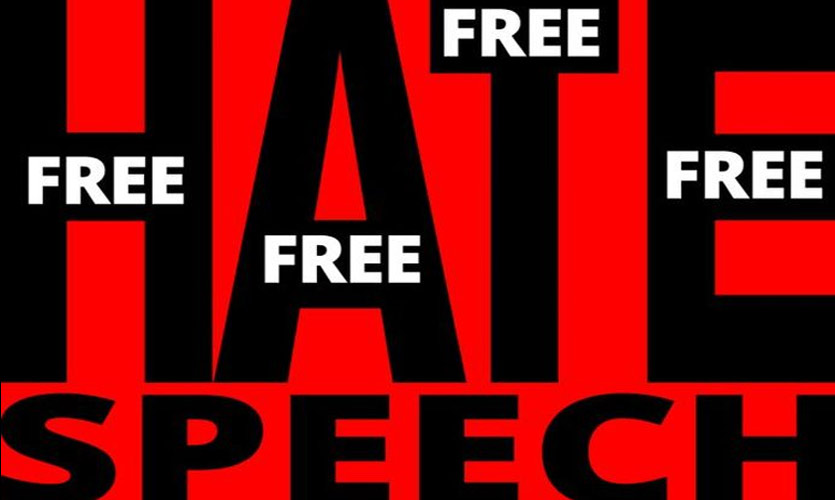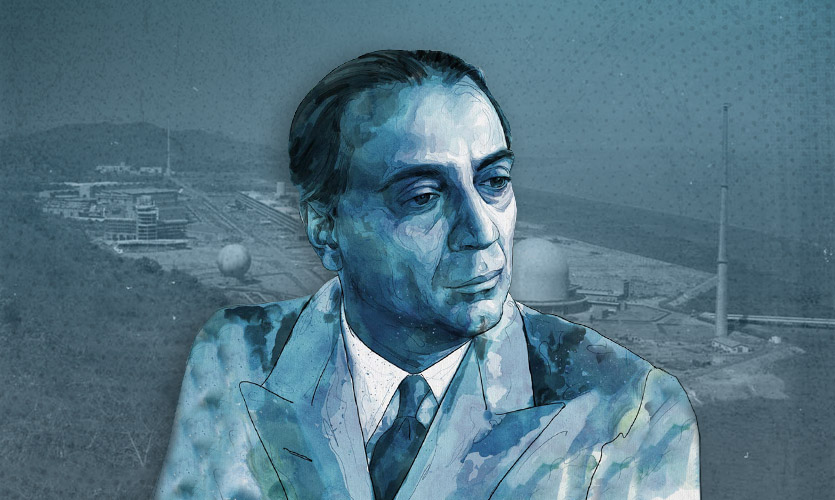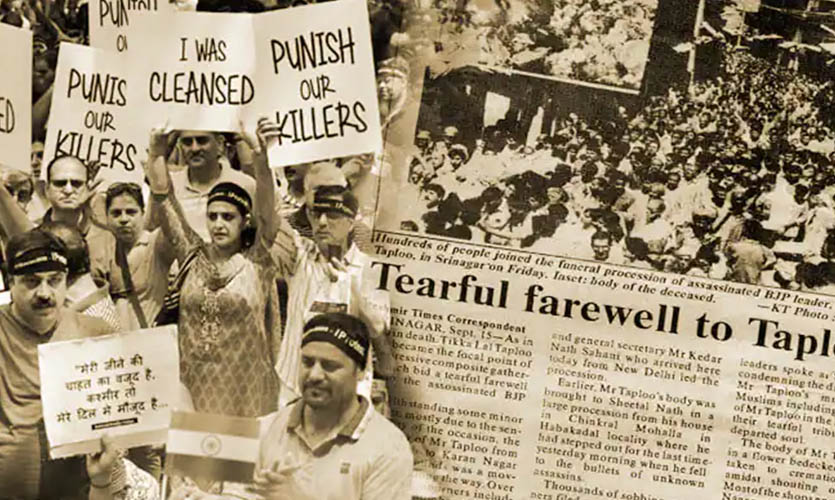Opening up a debate on hate speech is like opening a Pandora’s box, overlapping problems, conceptual disconnect and polarized perspectives. The discourse on hate speech naturally intersects with the concept of free speech. In the United States, traditionally, all speech is protected under the First Amendment of the constitution. Similarly, European countries recognise free speech as a foundation of liberal democratic values. However, the degree to which these rights are protected vary from country to country. It is these varying degrees of protected speech which create multiple shades of gray on what constitutes hate speech.
Hate speech is interpreted differently around the world because of its subjective nature. Hateful words may not necessarily be directed towards a race, religion or gender. If a high school bully harasses fellow students and calls them names would it be considered hate speech? It is certainly filled with contempt. American hate speech expert Samuel Walker traces the genesis of the hate speech debate to the 1920s. The rise of fascist groups in the United States after the Nazi party came to power in Germany, caused major concern. Subsequently, in the 1940s a narrow category of speech labeled “fighting words” were identified as unprotected under the First Amendment. Fighting words are described as “Words which would likely make the person whom they are addressed to commit an act of violence.”
Unlike American jurisprudence, Europeans do not extend the same sanctity to free speech. Take France for example which prohibits Holocaust denial and has strong laws against hate speech or Germany which has, on several occasions, banned National Socialists, Islamists and Communists organisations. The historical baggage carried by Western European countries reflects their conservatism and strict punishment against anti-semitic speech.
However, the Jyllands-Posten cartoon controversy led to the identification of some serious challenges faced by European societies today. The Danish newspaper received international backlash for publishing cartoons of the Prophet. Attacks on the Charlie Hebdo office in Paris in 2015 reflect the shortcomings of a society which values freedom of expression and at the same time has strict laws against hate speech. Today comedians, political satirists and commentators advocating for stricter immigration policies and religious reforms are criticized for their ‘unpopular’ opinions. For example, in the United Kingdom, former Labour Party leader Ed Miliband promised to outlaw any criticism of Islam, making it an aggravated crime.
The original intent of the term Islamophobia was to curb any hostility against Islam based on irrational fear. However, today any criticism of Islam is dismissed as Islamophobia. Constructive criticism isn’t irrational. A critic of Islam, Ayaan Hirsi Ali, has had to cancel multiple public events after receiving death threats by Muslim women groups, religious hardliners and non-muslims. Some critics argue that Ali’s speech stems from her hatred for Islam, others – mainly Muslims – consider her criticism as blasphemy. While blasphemy is a criminal offense in Islamic countries under Islamic law, under no circumstances would her speech be considered blasphemous in western societies by law.
This trend is witnessed today on American college campuses too. At the University of Chicago, Palestinian advocacy student groups shut down a speech being delivered by Palestinian political analyst Baseem Eid for his pro-Israel comments. During the event a student yelled out, “Do not speak on behalf of the Palestinians again!” In 2016, UC Berkeley disinvited Conservative political commentator Ben Shapiro for his views on Black Lives Matter. Not only does this kind of behavior place limitations on critical thinking and fair debate, it consequently creates a culture which validates the use of hate speech to protect one’s own value system.
In a diverse international society, there are bound to be definitional challenges to hate speech. An offshoot of this public discourse is the increasing backlash on the criticism of religion. More often than not, religious criticism is labeled as hate speech. While most social media giants encourage unpopular opinions to keep any debate balanced, there is a regressive hostility towards these opinions which are often labeled and countered with more hate speech.
There are no binaries in the debate over hate speech. However, the topic is a pot-pourri of confusion. Today, we face a threat from terrorist organisations, populist parties, left & right wing extremists and religious hardliners who use hate speech as a propaganda tool. The shades of gray get darker when we have to identify and control hate speech. In a world where communication and debates take place on social media, how can we identify which tweet or Facebook status spews hate and hurts sentiments and which don’t? The online space, which, at its inception was identified as the fifth estate, is now at crossroads. Curbing speech might be useful in countering online extremism. However, if we continue expanding the scope of what constitutes hate speech, we accept ourselves as incapable of criticism. Have we become so comfortable with our world view, that we feel the need to eliminate any idea which cannot be straitjacketed into it?
Read more: The “Ordinary” Mass Murderer: Inside The Mind Of A Nazi War Criminal
Deep Dive is a weekly column written by Ashini Jagtiani exploring subjects that have revolutionised the socio-cultural fabric of society.










